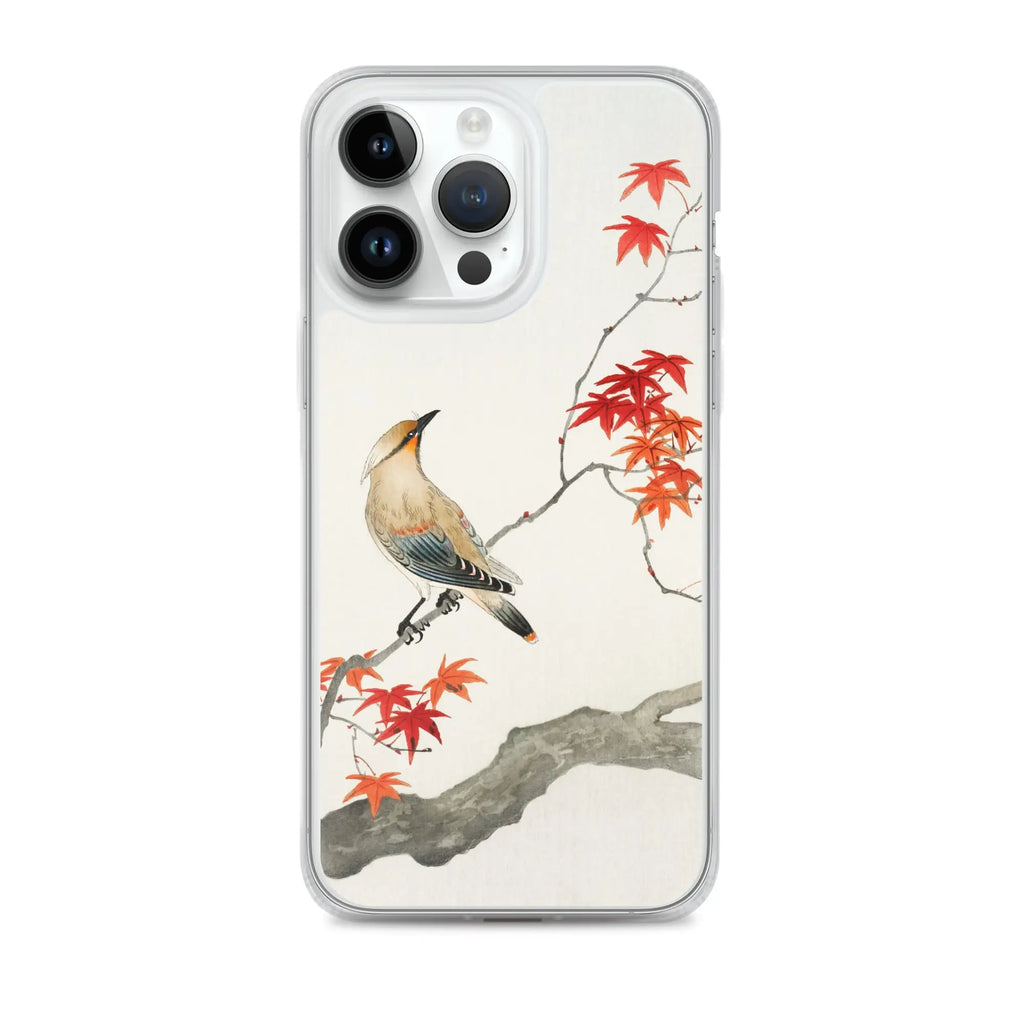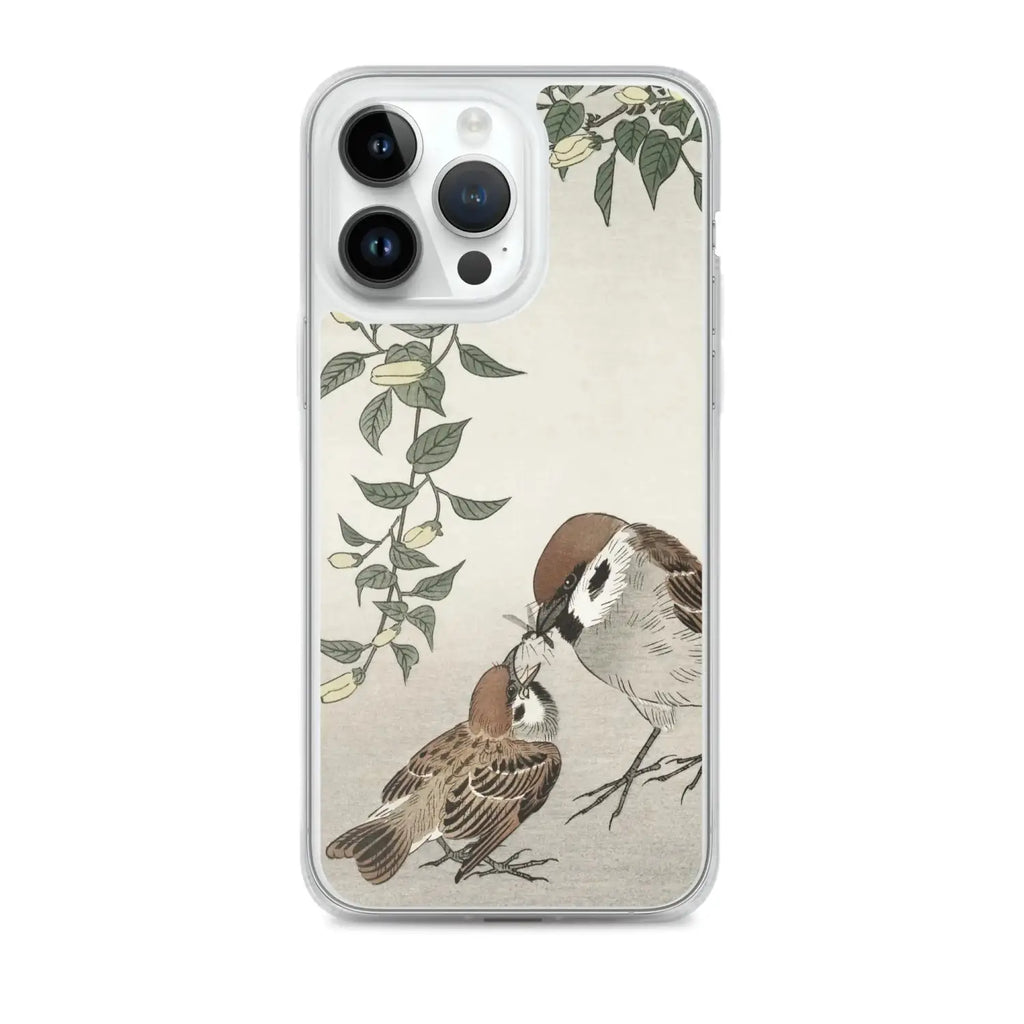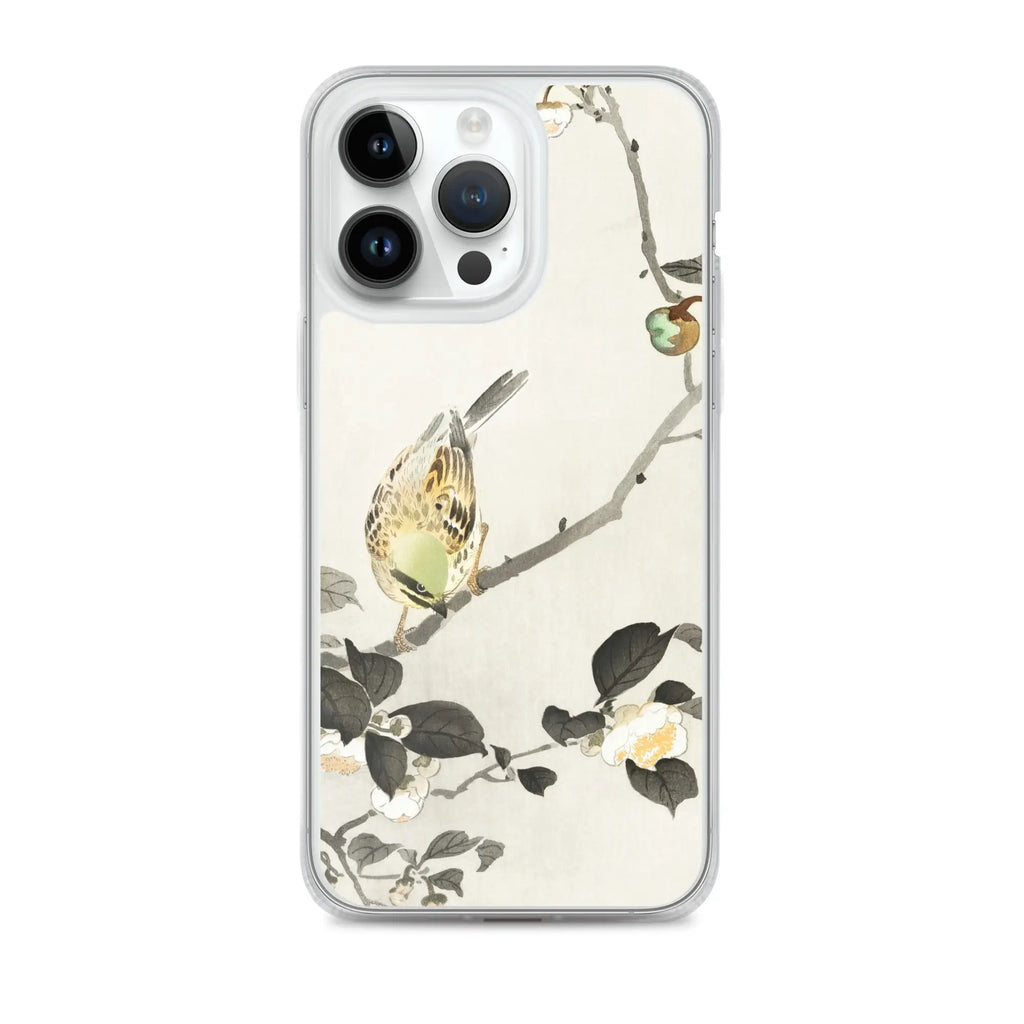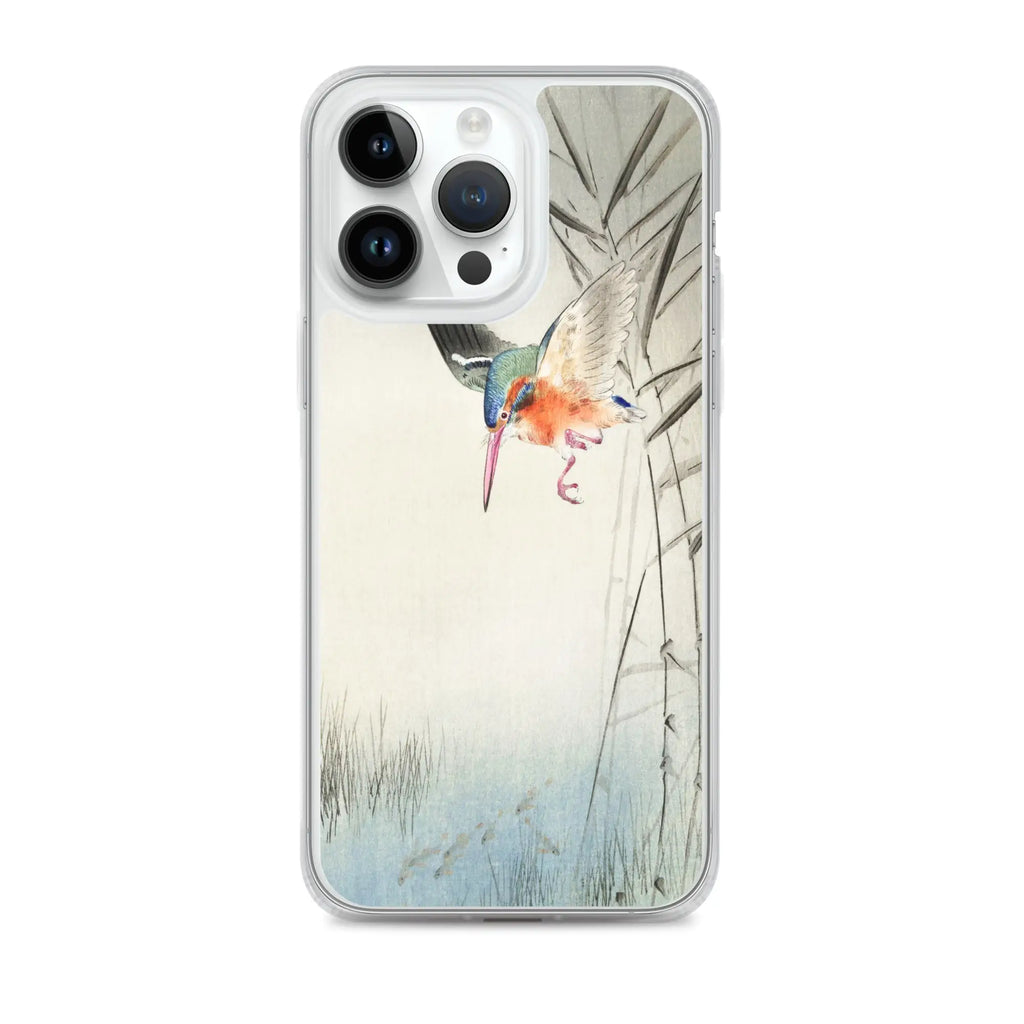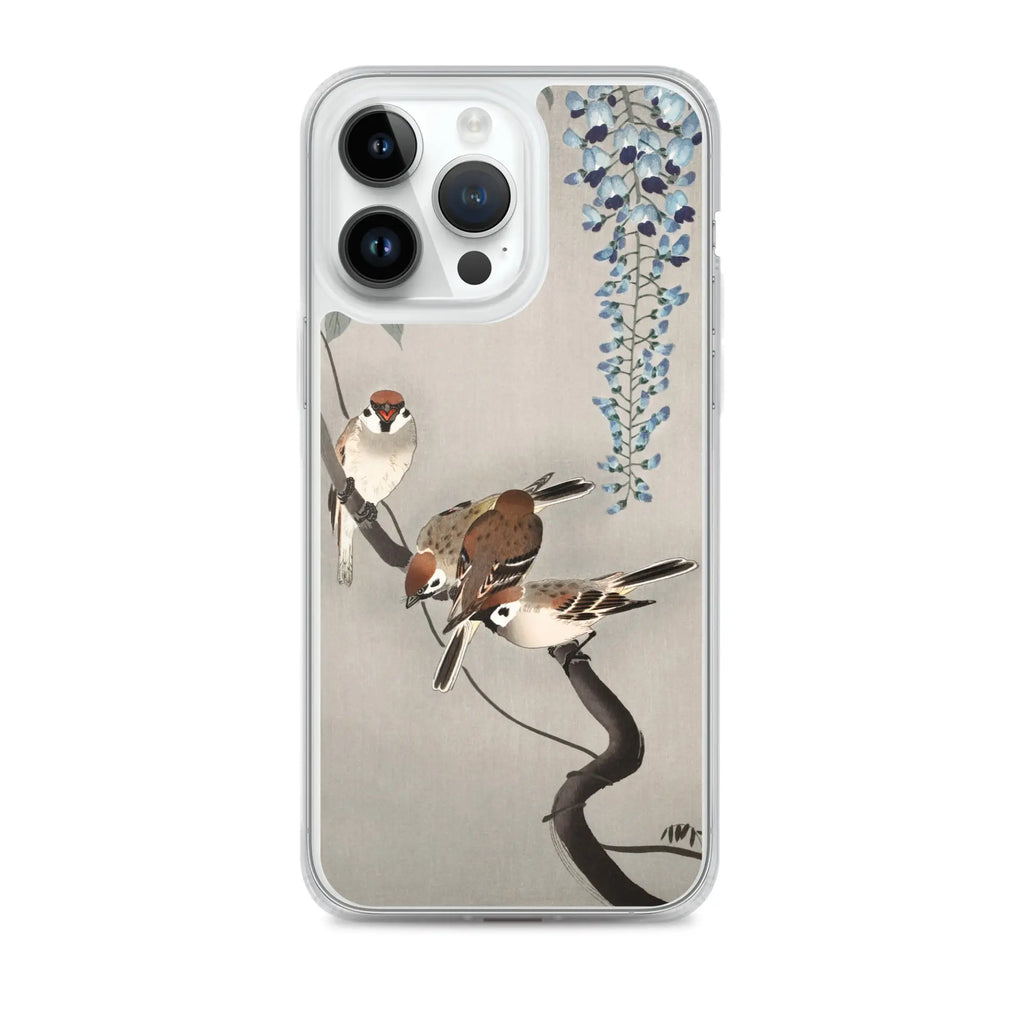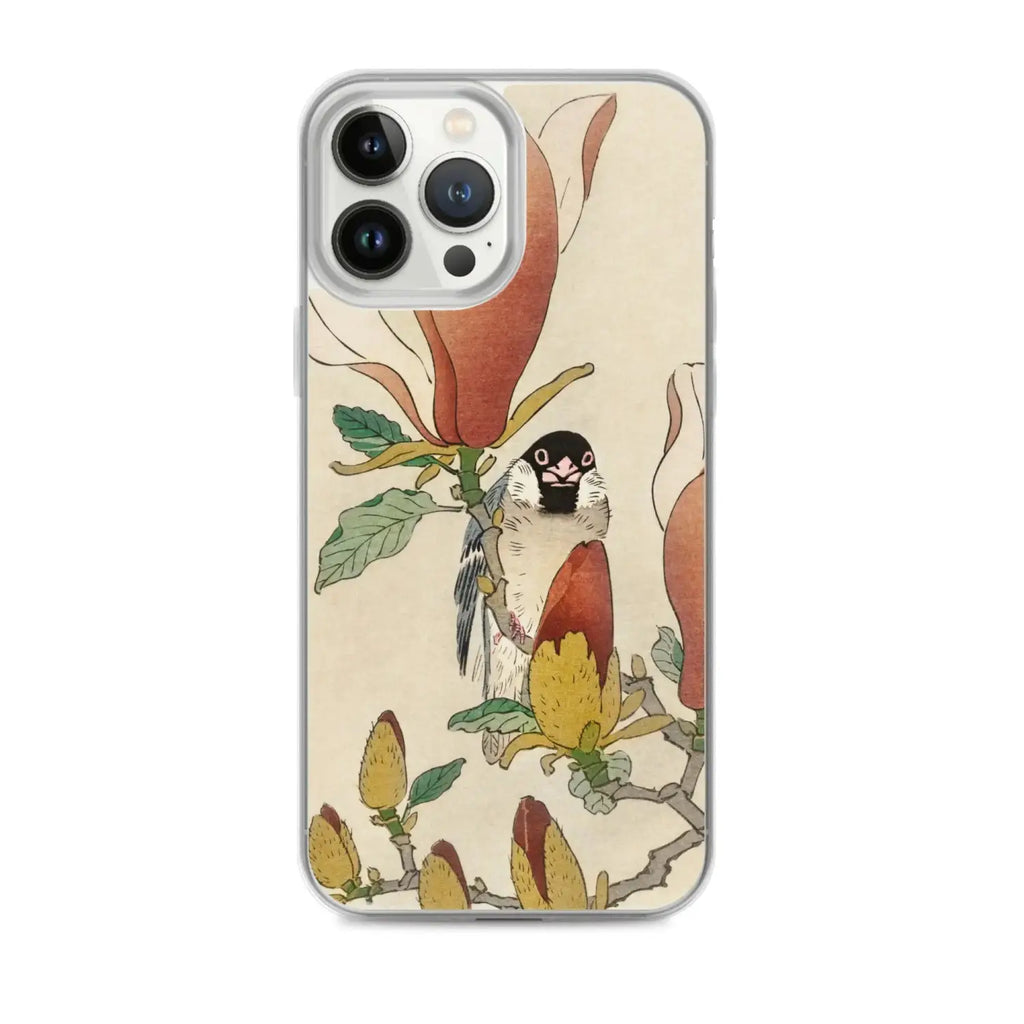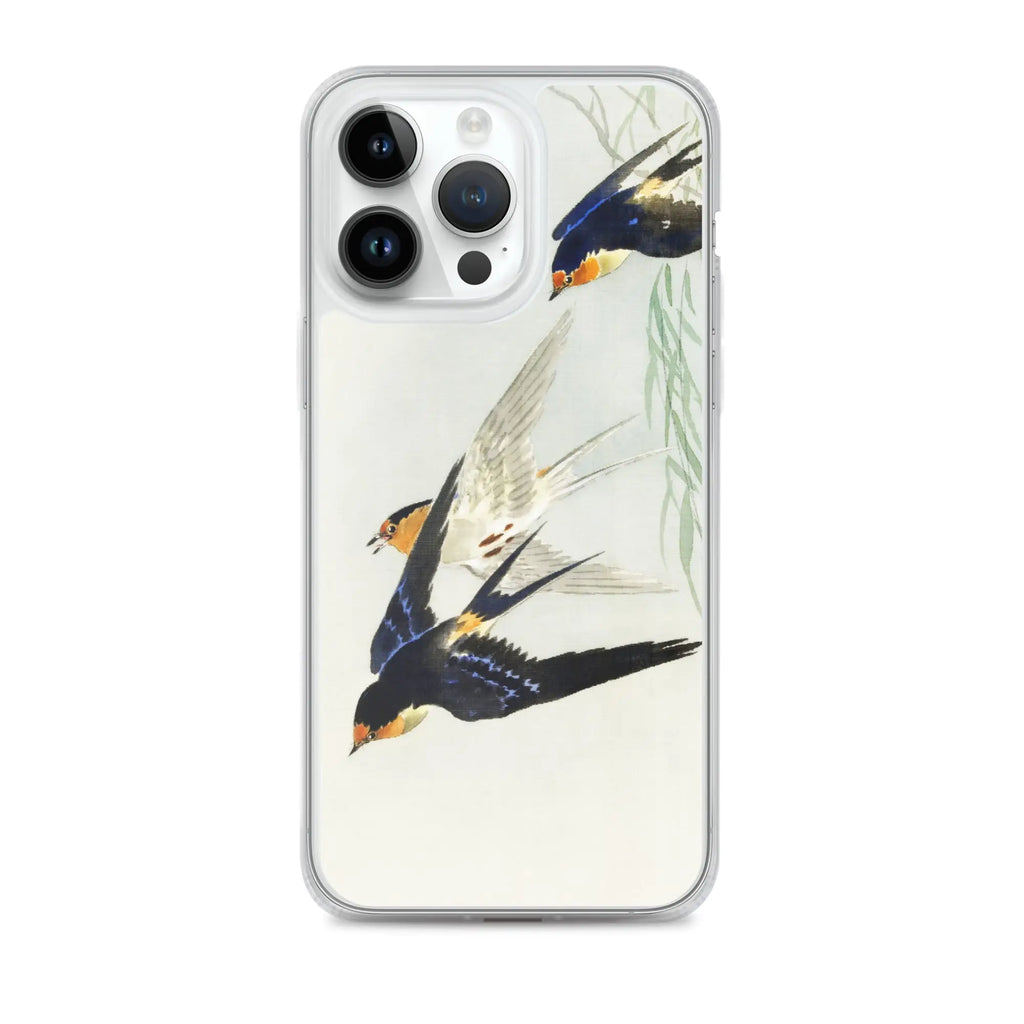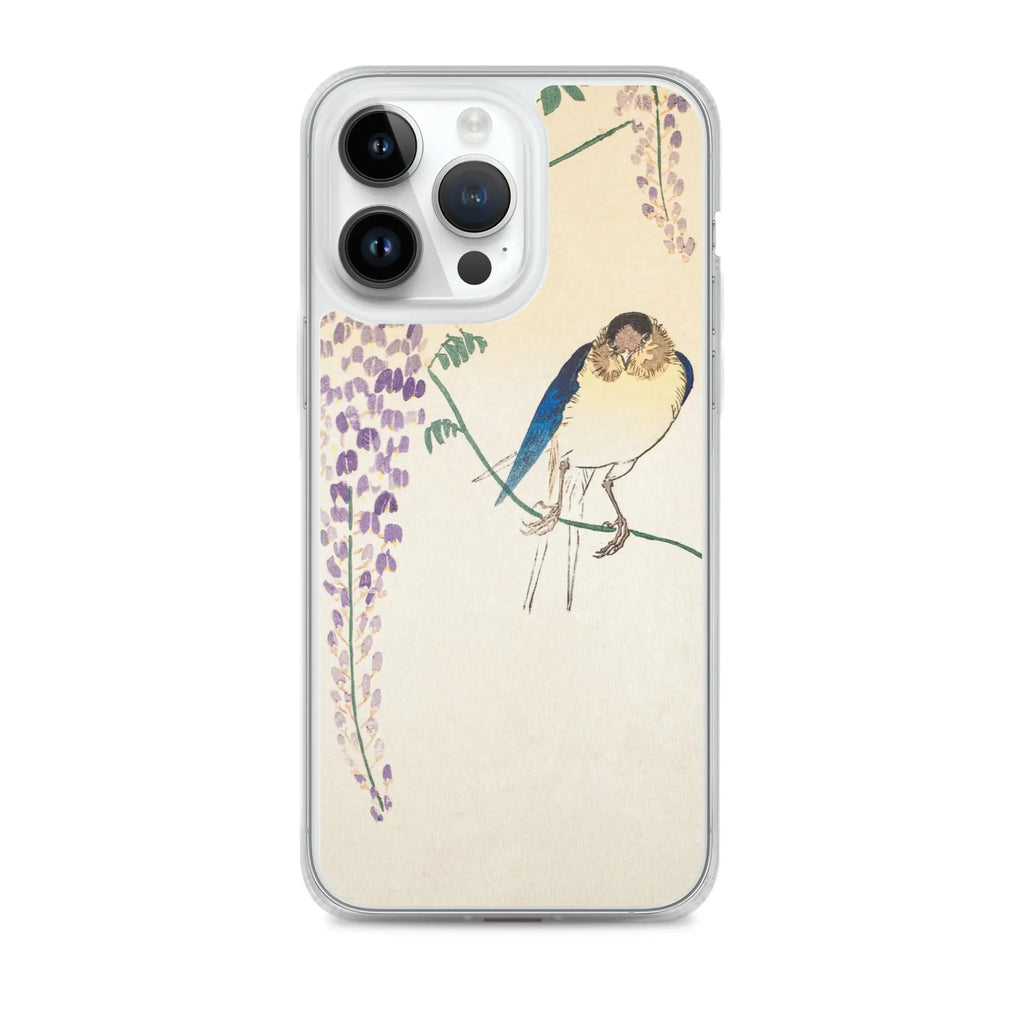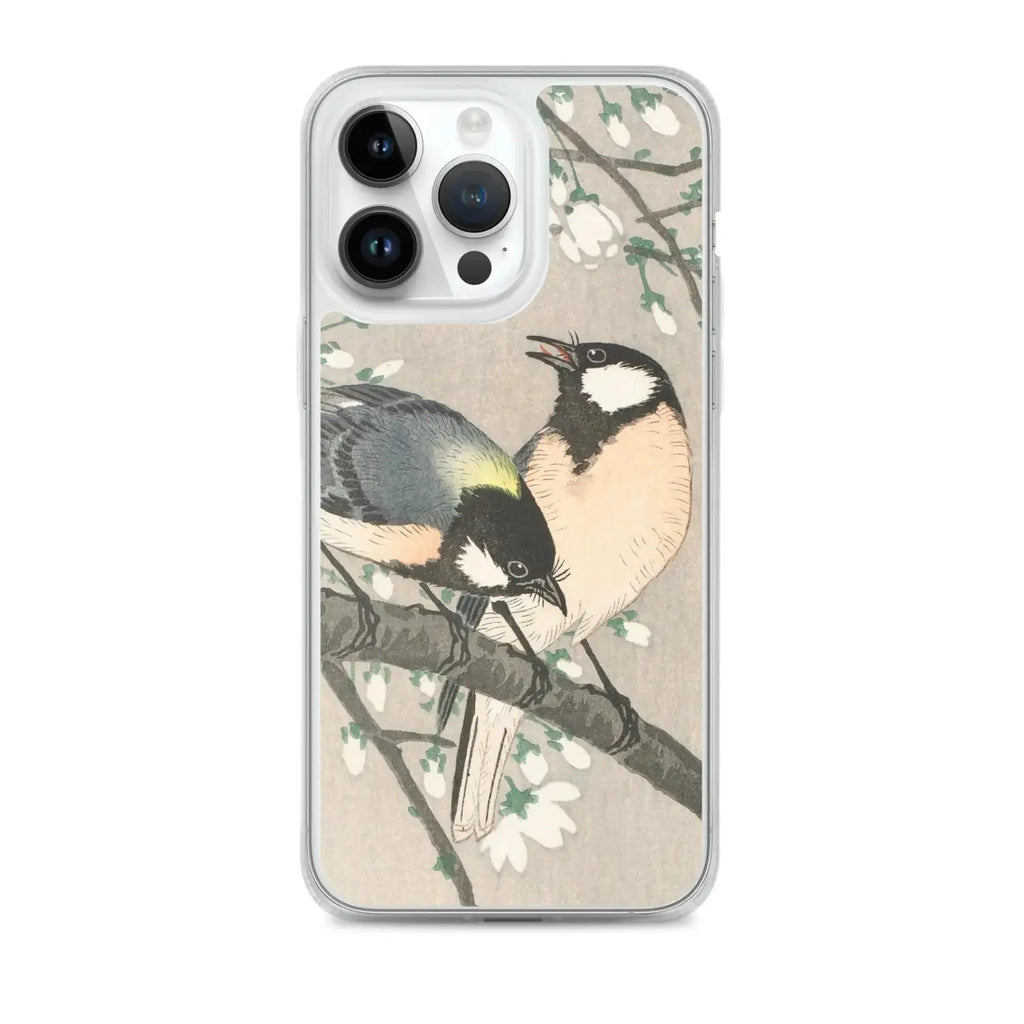Enchanting Japanese Bird Art Phone Cases from Ohara Koson
Japanese Woodblock Art Prints x Smartphone Accessories
Bird watching is a popular pastime that has been enjoyed by people around the world for centuries. Japan, in particular, has a rich history of incorporating birds into their art and culture. One such artist that stands out is Ohara Koson, who contributed significantly to the Shin Hanga movement in the early 1900s.
Shin Hanga means "new prints" and is characterized by using traditional woodcut techniques but with a contemporary twist. Japanese woodblock printing, also known as Ukiyo-e, has become increasingly popular in recent years because of its unique appearance and traditional roots.
Japanese bird art phone cases have become a new trend incorporating this culture into everyday life. TobyLeon, for example, has a range of phone cases inspired by Ohara Koson's artwork that combines traditional Japanese art with modern technology. In this listicle, we will review the best Japanese bird art phone cases inspired by Ohara Koson and explain how they can benefit customers.
1.
Japanese Bird on Maple by Ohara Koson iPhone Case
This Japanese Bird on Maple by Ohara Koson phone case features an elegant illustration of a bird perched on a maple branch, colored in striking hues of green and yellow. The artwork is reminiscent of traditional Japanese art styles while possessing a modern twist. The phone case is made from durable plastic and has a slim design, making it easy to grip and fit snugly into your pocket.
The main benefit of this phone case is its aesthetic appeal; it's perfect for bird lovers or anyone interested in Japanese art. The detailed artwork is intricate and visually stunning, making it a great conversation starter. Additionally, the phone case is functional and perfect for those looking to protect their phone against everyday wear and tear.
2.
Birds Feeding By Ohara Koson iPhone Case
This Birds Feeding by Ohara Koson phone case features an illustration of a mother bird feeding her baby, creating a peaceful and serene atmosphere. The muted color palette creates a calming effect, making it ideal for anyone looking for a peaceful phone case. Similar to the Japanese Bird on Maple phone case, this product is made from durable plastic with a slim profile.
The main benefit of this phone case is its tranquil design that evokes peacefulness and serenity. It's perfect for people who enjoy the simple things in life and want to reflect that in their device. Despite its subtle appearance, this phone case is still eye-catching and sure to grab the attention of others.
3.
Japanese Bird On Branch By Ohara Koson iPhone Case
This Japanese Bird on Branch by Ohara Koson phone case boasts an elaborate illustration of a bird perched on a branch. The vibrant colors and details of the image take center stage and capture the viewer's eye. The phone case is made from a hard plastic outer shell with a TPU liner for added protection. The slim design makes it practical and stylish.
The main benefit of this phone case is its striking imagery. The ornate design draws from traditional Japanese art and exemplifies the essence of beauty in nature. Additionally, the phone case itself provides additional protection for your device without compromising on appearance.
4.
Kingfisher Hunting By Ohara Koson iPhone Case
This Kingfisher Hunting by Ohara Koson phone case represents a hunting kingfisher in all its glory. The colorful design is bold and inspiring, creating a sense of energy and dynamism. The phone case is also made from high-quality materials and provides optimal protection for your phone.
The main benefit of this phone case lies in the strength of its representation of the kingfisher. It allows you to carry a symbol of strength and power wherever you go. The design is truly inspiring and perfect for those who need that boost of confidence.
5.
Ring Sparrows At Wisteria By Ohara Koson iPhone Case
This Ring Sparrows at Wisteria by Ohara Koson phone case features an image of ring sparrows perched on a wisteria branch. The phone case's bright pink hue immediately catches your eye and creates warmth and tranquility. The phone case is made from robust materials and has a slim drop-resistant design.
The main benefit of this phone case is its cheerful color palette that inspires a sense of joy and positivity. The detailed illustration is perfect for those who appreciate classic Japanese art styles. The combination of pleasing aesthetics and functionality makes it an excellent choice for any phone owner.
6.
Sparrow On Blooming Magnolia Branch By Ohara Koson iPhone Case
This Sparrow on Blooming Magnolia Branch by Ohara Koson phone case showcases an image of a sparrow resting on a blooming magnolia branch. The design utilizes soft pastel colors that create a gentle, relaxing atmosphere. The case itself is crafted from premium materials and fits perfectly around your device.
The main benefit of this phone case is its peaceful design that evokes a sense of quietude and contemplation. The phone case's delicate artwork blends seamlessly with the phone's functionality, providing both style and protection.
7.
Three Birds In Full Flight By Ohara Koson iPhone Case
This Three Birds in Full Flight by Ohara Koson phone case displays three birds in full flight painted in vivid, lively colors. The design creates a sense of motion and energy, perfect for those in search of dynamic inspiration. The phone case's slim design is perfect for everyday use and is compatible with wireless charging.
The main benefit of this phone case lies in its depiction of birds on the move, instilling a sense of determination and purpose. The illustrious design is sure to draw the eyes of passers-by, all while protecting your phone from accidental damage.
8.
Wisteria And Swallow By Ohara Koson iPhone Case
This Wisteria and Swallow by Ohara Koson phone case portrays a swallow gliding over a luscious wisteria branch. The phone case uses pastel hues to create a peaceful, soothing environment. The slim design flawlessly integrates with your phone, hugging every contour of the device.
The main benefit of this phone case is its charming blend of elegance and practicality. The phone case's stunning artwork captures the beauty of Japanese nature, while its precise cutouts provide optimal functionality for daily use.
9.
Tits On Cherry Branch By Ohara Koson iPhone Case
This Tits on Cherry Branch by Ohara Koson phone case depicts colorful tits sitting on a cherry branch, conveying a sense of purity and innocence. The phone case's hard TPU material offers superior protection against scratches, dust, and impact. Its slim design allows for easy access to buttons and ports.
The main benefit of this phone case is its delicate design and affordable price point. The exquisite artwork embodies the essence of Japanese art and culture, making it the perfect gift for any family member or close friend.
...

